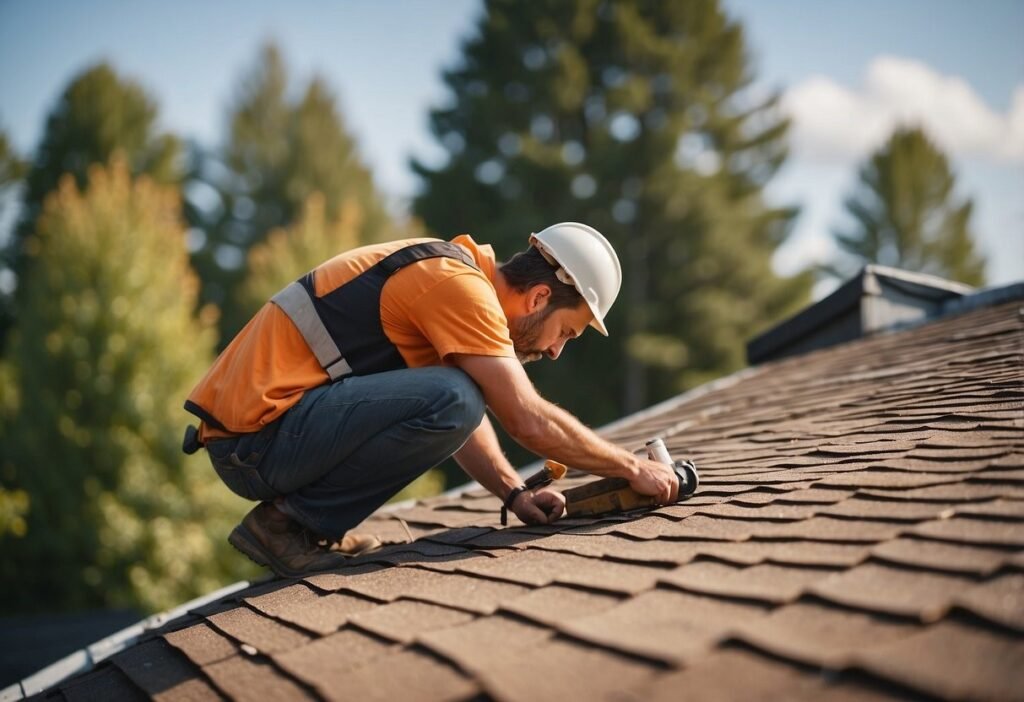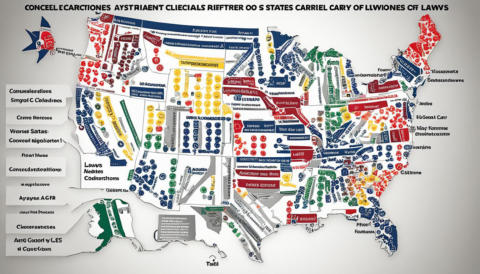Photo by Vincent Guth on Unsplash
When getting an estimate for a new roof, it’s crucial to under stand what the quote should include to avoid unexpected costs later. The estimate should cover the total cost of materials and labor, including any fees for tear-off and disposal of the old roof. Additionally, make sure it specifies the type of roofing materials and their warranties, as different materials can significantly affect the overall price and longevity of your roof.
A detailed estimate should also outline the scope of roof maintenance and repair, specifying tasks such as underlayment installation, flashing work, and ventilation upgrades. Clearly understanding these elements will help you compare different estimates effectively and ensure you’re getting quality work. Finally, the timeline for completion and payment schedule should be included, so there are no surprises once the project begins.
Components of a Roof Estimate
Materials Breakdown
The materials breakdown should list all necessary items for the roofing project. This includes shingles, underlayment, flashing, and nails. Each item should have a unit cost and total cost.
- Shingles: Type (asphalt, metal, etc.) and quantity.
- Underlayment: Type (synthetic, organic) and square footage.
- Flashing: Type, size, and placement.
- Additional materials: Vents, drip edges, and sealants.
Labor Costs
Labor costs encompass the charges for all personnel involved in roof installation or repair. This covers roofing contractors, support staff, and any specialized labor if required.
Labor costs often break down as:
- Hourly Rates: For each category of worker.
- Estimated Hours: Required to complete the job.
- Total Labor Cost: Sum of hourly rates and estimated hours.
Understanding labor costs helps avoid unexpected expenses mid-project.
Waste and Overhead Provision
Waste and overhead provision accounts for excess materials due to cutting and fitting, unforeseen issues, and company operational costs.
Waste provision typically includes:
- Material Overage: Usually 10-15% extra material is factored in.
- Disposal Fees: Costs for removing old roofing materials.
Overhead provision covers administrative expenses, equipment maintenance, and transportation costs. This ensures all aspects of the job are covered and prepared for potential issues.
Additional Factors Affecting Roof Estimates

Many elements can influence the final cost of a roof estimate. Key aspects include the roof’s size, complexity, necessary permits, warranties, and potential repairs or maintenance.
Roof Size and Complexity
The size of the roof significantly impacts the estimate. Larger roofs require more materials and labor. Additionally, the complexity of the roof design plays a role. Features like multiple angles, dormers, or steep pitches require more effort and specialized techniques.
Complex roofs might need:
- Extra materials
- Additional labor hours
- Specialized skills
Simple roofs typically involve:
- Fewer materials
- Less labor time
These variations directly contribute to fluctuations in the estimated costs.
Permits and Warranties
Permits are often mandatory for roofing projects. Obtaining these permits can entail fees that add to the overall estimate. The process involves paperwork and inspections, which also factor into the time and cost.
Warranties are another crucial aspect. A comprehensive warranty might cover defects and installation issues for an extended period, often increasing the initial estimate. On the other hand, basic warranties might be less costly but offer limited protection.
Homeowners should consider these factors when evaluating their estimates.
Potential Repairs and Maintenance
During an initial inspection, a roofing contractor might identify existing damage or wear that requires immediate attention. These repairs are typically included in the estimate.
Potential repair costs include:
- Fixing leaks
- Replacing damaged shingles
- Addressing structural issues
Regular maintenance suggestions may also be part of the estimate. Routine maintenance helps prolong the roof’s lifespan and can involve cleaning gutters, checking seals, and inspecting for wear and tear. These recommendations, while potentially adding to the upfront cost, can save money in the long run by preventing major damage.
By taking these repair and maintenance needs into account, the estimate will provide a more accurate reflection of long-term costs.

Daniel J. Morgan is the founder of Invidiata Magazine, a premier publication showcasing luxury living, arts, and culture. With a passion for excellence, Daniel has established the magazine as a beacon of sophistication and refinement, captivating discerning audiences worldwide.





